For many of us, the word ‘suicide’ makes us very uncomfortable. For others, it’s not even talked about, or only discussed when someone famous or successful takes their own life. We’ve recently lost two celebrities that brought our attention to suicide once again. Kate Spade and Anthony Bourdain. We’re also still trying to except the loss of comedian Robin Williams.
So, we can’t help but wonder if someone with a life of accolades can cope. How does the ordinary person hold up? Or…. maybe the famous life isn’t all it’s cracked up to be?
A few months ago, the centers for disease control, in an editorial in the Washington post released a new study on suicide. Since 1999, the suicide rate in the United States has risen 28%. This makes it the second leading cause of death for young people, and the 10th leading cause of death over all. That is 45,000 Americans dying by their own hands in 2016. A wake-up call about what has become a national epidemic
Benedict Carey, in the NewYorkTimes.com, was quoted “treatment for chronic depression and anxiety, often the precursors to suicide, has never been more available and more widespread”. Yet somehow help is not reaching the people who need it in time. According to the Sacramento bee, in an editorial, research on those who survive attempts indicates that in 70% of cases, less than half an hour passes between the idea of killing oneself and the attempt. And in 25%, it’s less than five minutes.
Many blame the availability of guns, which is the most effective means of self-execution. But what we need to consider is ‘why are so many more Americans getting to this level of emotional despair than in the years past?’ What has changed in our culture? Some say family bonds are broken down and there is a lack of community. People are working longer hours being driven by what they see as material success. And after work hours are filled with happy hours, numbing ourselves from social isolation with alcohol, TV, drugs, and the Internet. We’ve forgotten how to connect with others.
And what of the elderly, many living alone with little to no socialization day after day?
Suicide Awareness for Seniors
I recall when working as a home health social worker, patients commonly reported that the only people they saw were the staff who came to visit. Many were in despair when their discharge from service arrived. Some reported having meals delivered was the only thing they looked forward to during the day as to be able to say hello to someone.
We see lifestyles of those who travel for work, often spending hours, days or weeks alone. Divorce rates are high. Families are disconnected or fragmented with parents working longer hours and children only seen for minutes at a time during the day in the early morning or late at night, even though living under the same roof. Families are seen totally disconnected while sitting at the same table at restaurants, each connected to their own phone device.
It is truly time to “disconnect“ in order to “re-connect“.
Here are some helpful suggestions for Suicide Awareness:
- Go for a walk with a buddy
- Join a book club
- Volunteer
- Connect with nature
- Check in with someone on a regular basis by phone or in person
- Have coffee or meal with someone
- Join a support group
- Know your local mental health resources
Do not go this path alone.
If you or someone you care about suffers from depression or anxiety, ask for help from family first for the purpose of padding yourself with a caring community. If family lives too far or works too often, call us to schedule a No Obligation CAREConsult™ with a Love Right™ Care Service Representative.


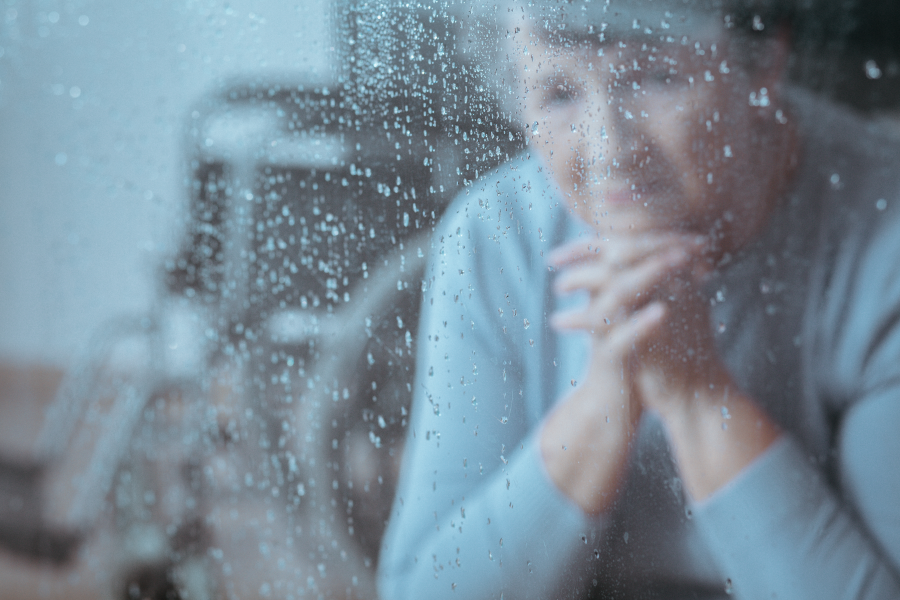


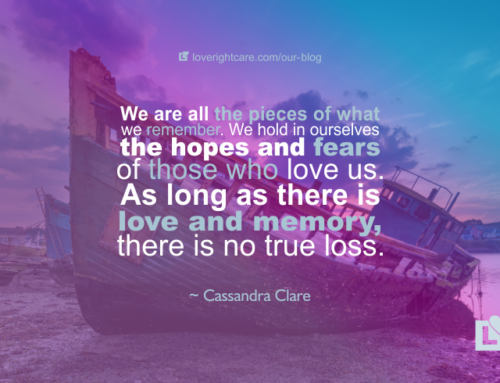
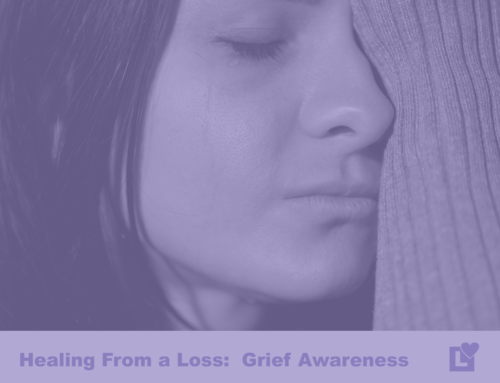
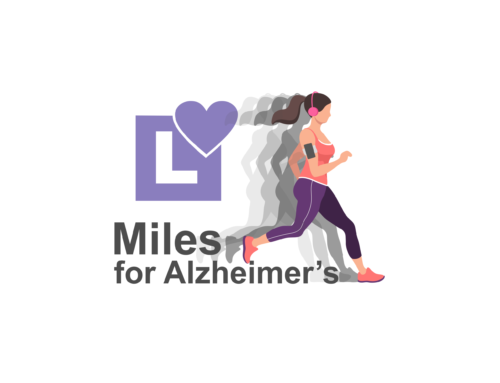
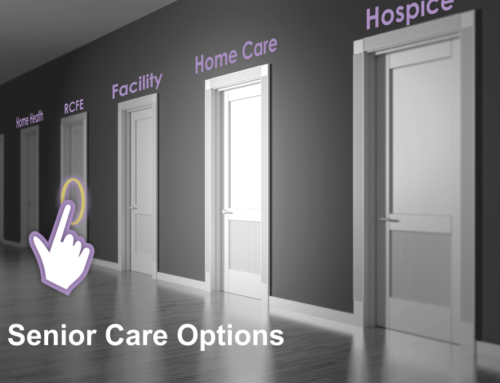
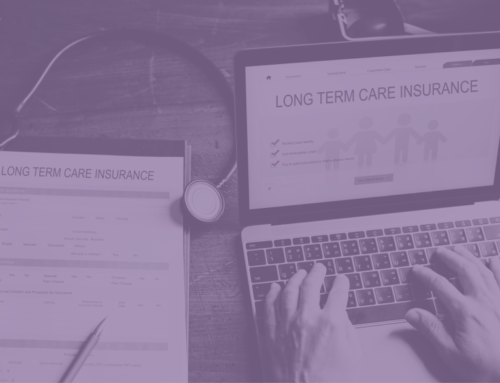
Leave A Comment